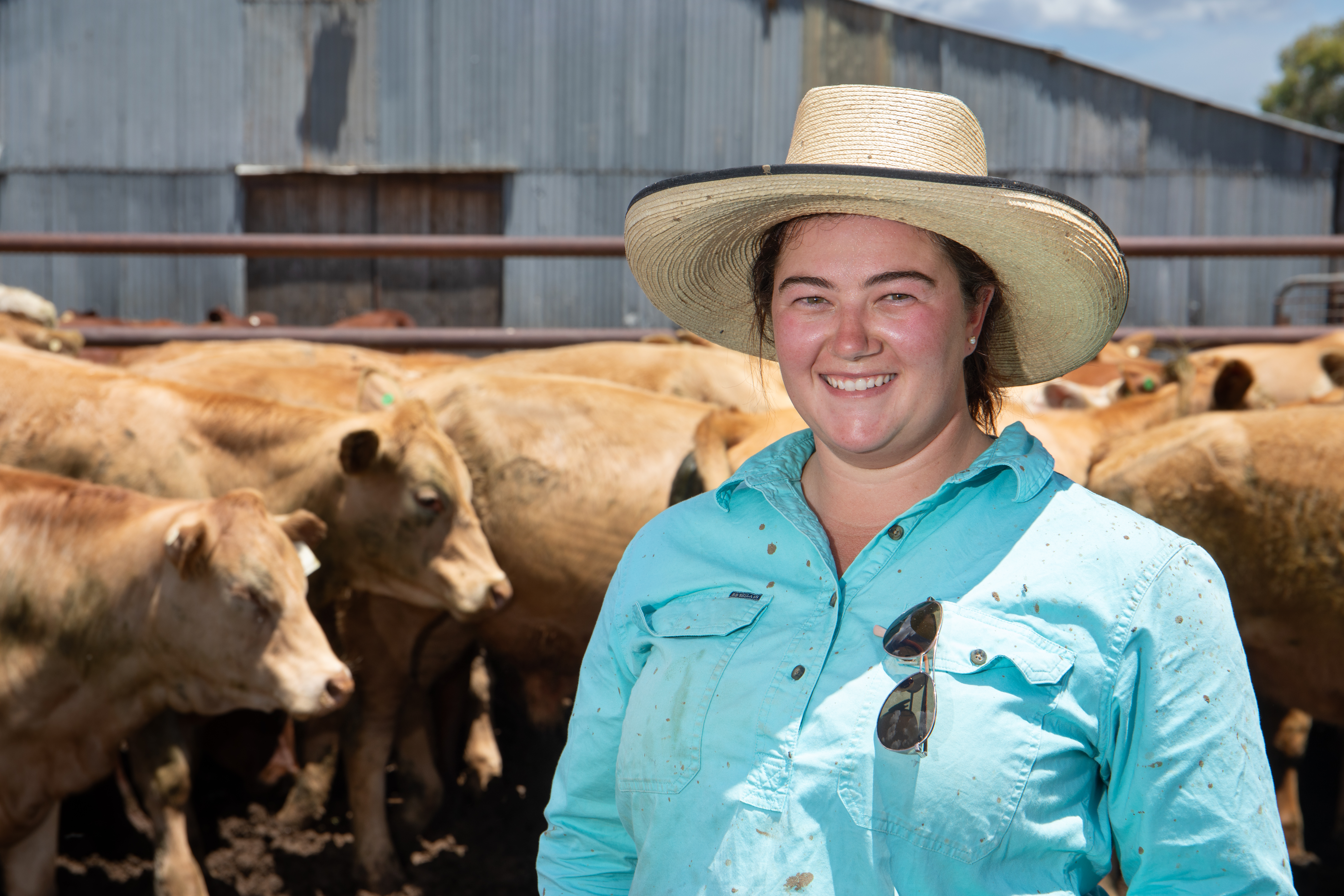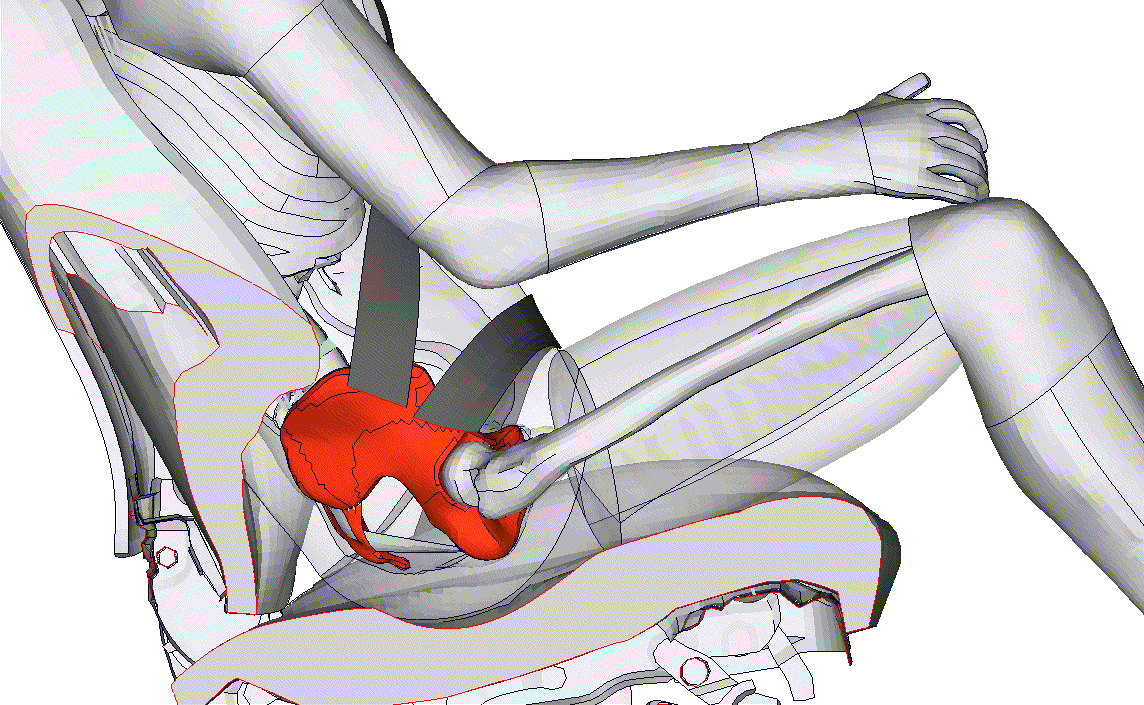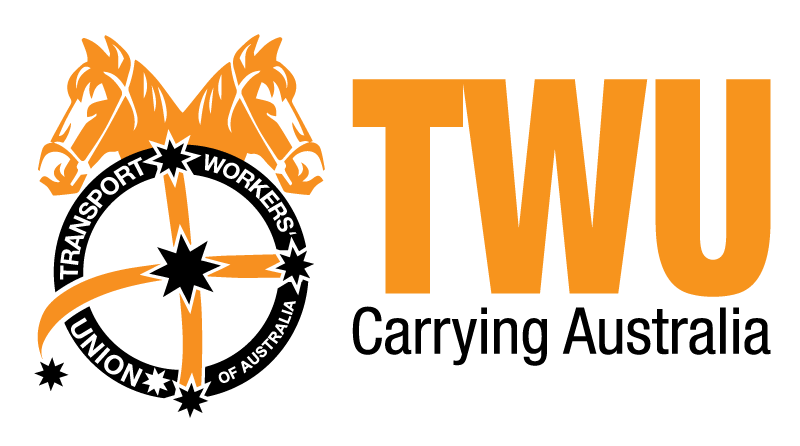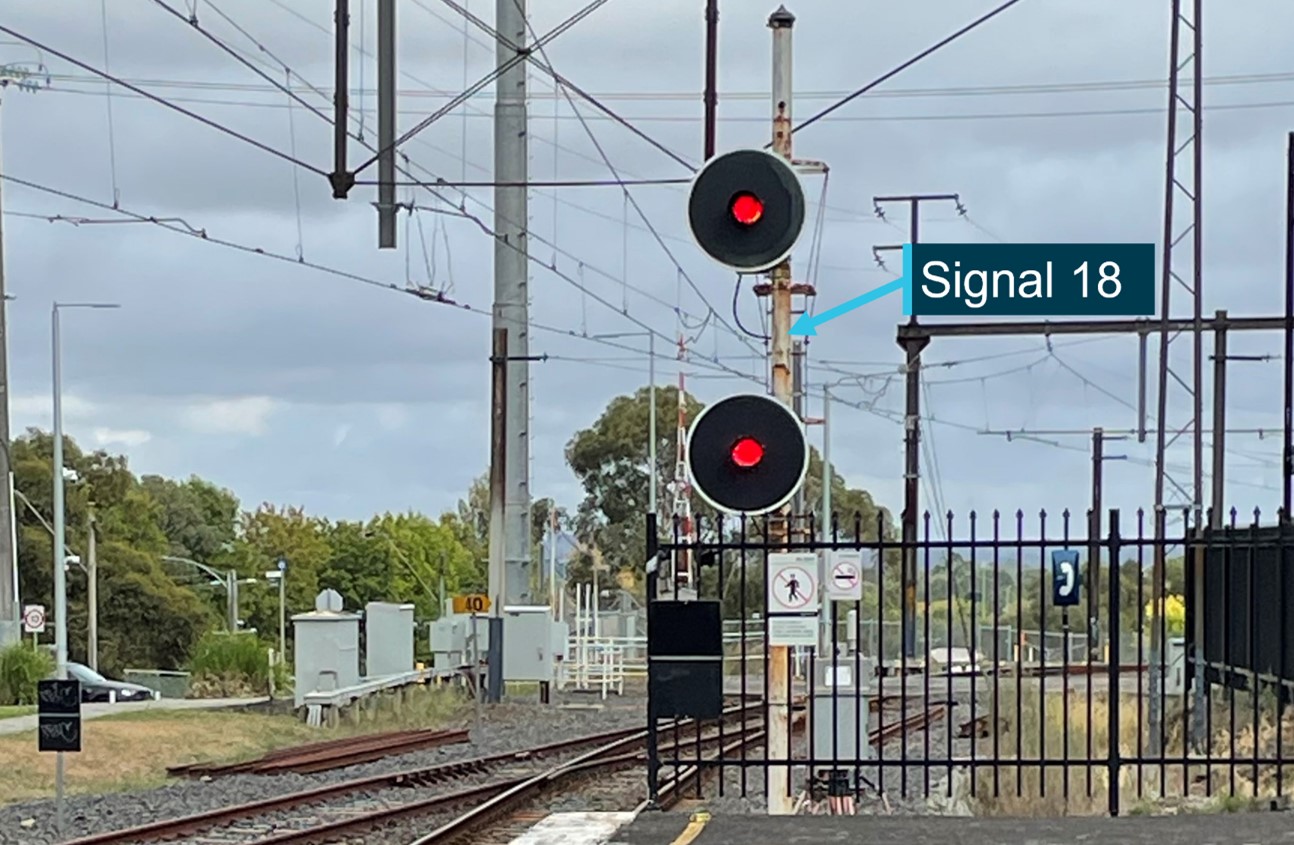 Caption: Hannah Russell
Caption: Hannah Russell
Key points:
- The BredWell FedWell provided much-needed insights to help ensure profit and productivity were maximised for the five-decade old family run business.
- Running feed tests helped to identify where there was a need to swap around paddock and feed allocations.
- All changes don’t have to be made straight away, start with what works for you and your operation.
The revamped BredWell FedWell program has helped NSW cattle producer Hannah Russell to quickly implement small but significant on-farm changes to improve productivity and profitability.
The Russells have been farming in New England for five decades, establishing themselves as successful poultry producers before starting their cattle business 30 years ago. Today, ‘Grassbrook’ remains a family business, with Hannah and her siblings working alongside their father Bruce.
Enterprise objectives
On the commercial side of their business, the Russells join 2,000 Santa Gertrudis females to Charolais bulls, aiming to turn off around 900-1,000 steers and 900 heifers annually. They selected Charolais genes to help produce fast-growing cattle and create a steady cash flow.
In their Santa Gertrudis seedstock enterprise, they join 500 females, primarily through artificial insemination (AI).
“Our ultimate goal is to breed the optimal Santa Gertrudis cow, one which can deliver three calves every couple of years and is able to feed them from day one,” Hannah said.
BredWell FedWell
With a clear vision of their breeding objectives in mind, Hannah and her brothers Josh and Hamish were keen to attend the BredWell FedWell workshop.
“We really wanted reassurance we were on the right path with our current approach, but we were also keen to learn more about genetics and what we could be doing to support our AI program and give it the best chance of success,” Hannah said.
Following the workshop, they identified changes they could make straight away.
Effective feeding
The workshop helped the Russells develop a feeding plan which reflected the needs of their cattle to help maximise the value of feed.
“We could see where we might have been overfeeding or feeding at the wrong time, which resulted in having to pull a lot of big calves out of small heifers,” Hannah said.
They have also set their sights on adjusting their weaning strategy.
“We now understand our cows need to be on pasture to regain body condition after calving, so we’ll be removing our weaners and feeding them our wheat rough chop or corn silage,” she said.
“The workshop also prompted us to run feed tests and those results helped us see where we need to swap around our paddock and feed allocations to get the best out of the cattle.”
Individual data
The workshop emphasised the value of maintaining individual records, rather than running the cows as a mob.
“We recently bought in 500 heifers that we’ve kept separate so we can monitor and manage them as individuals,” Hannah said.
“By pregnancy scanning we identified a number of heifers that hadn’t gone in calf so we could then decide whether to re-join them or cull them. That’s going to help us increase the reproductive efficiency of our herd over the long term, but it also means we aren’t wasting available feed on animals that aren’t going to produce a calf in the short term.
“It’s still early days, but we’re already seeing positive results. Last year, we had a 73% pregnancy rate, running our cows as a mob. This year, running the new group individually, we’ve seen that jump to 85% based on the 300 head we’ve tested so far.”
Body condition scoring
The workshop drilled in the importance of body condition scoring.
“By individually scoring each cow, we can see the cows which aren’t going to be profitable and pull them out,” she said.
“Maybe they’re the ones not fattening up so we’re just wasting money feeding them, or maybe they’re not giving us calves, or their calves aren’t lasting.”
Hannah said it’s an important aspect to consider when facing tougher conditions, because it’s an effective way to make fast, informed decisions if they need to reduce the mob.
Getting started
While the family had already been toying with many of the ideas discussed at BredWell FedWell, they had struggled to implement them effectively.
“The good thing about the workshop is you don’t have to do everything straight away,” Hannah said.
“Just start with what works for your operation and then progressively build on that over time.”








